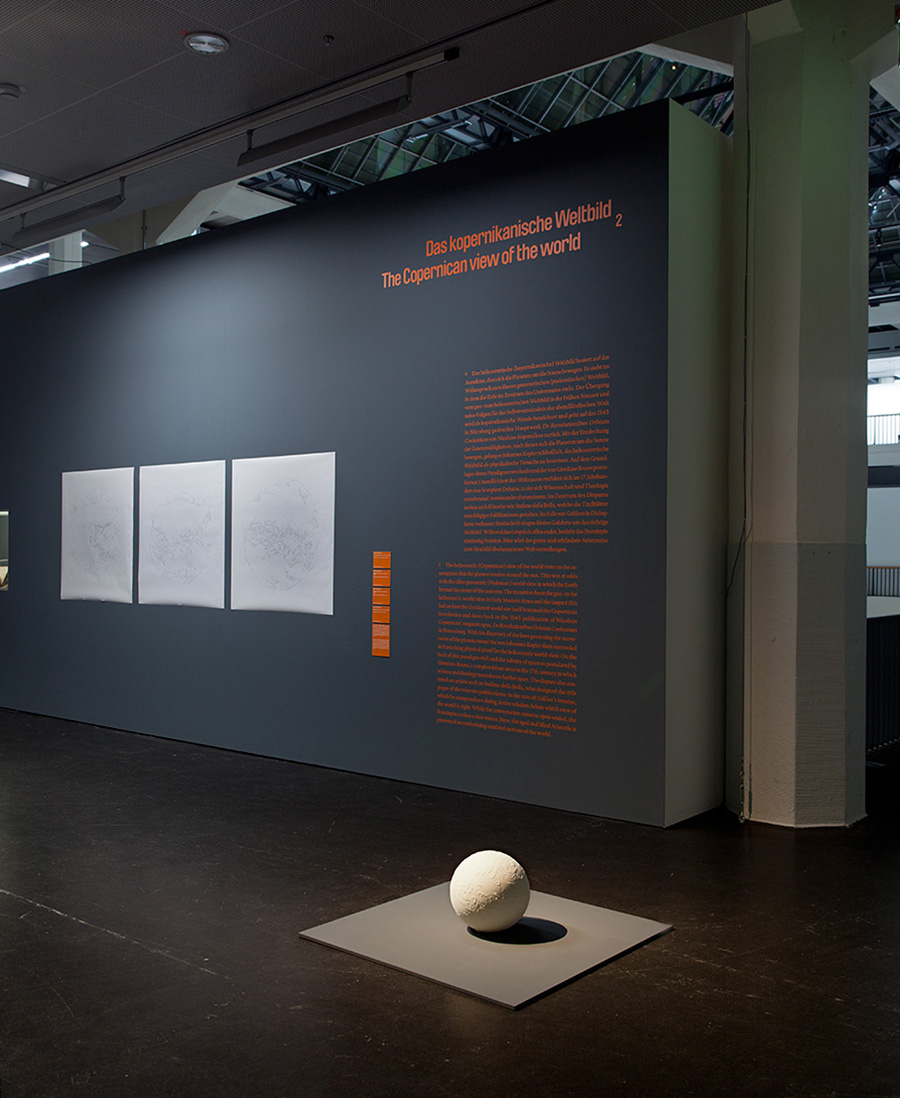
Argentea Gallery, 2017

UCL Environment Institute, 2009

University College London, 2009

ISEA Ruhr, Museum für Kunst und Kulturgeschichte, Dortmund, 2010






A Planetary Order is a terrestrial globe showing clouds from one single moment in time, thereby subtly highlighting the fragility and interdependence of the Earth’s environmental systems.
Showing the earth’s cloud cover from one second in time, the shimmering white cloud globe freeze-frames the entire operation of the global atmospheric regime, and highlights how fragile the environmental (and informational) systems are that operate across the world. For the globe is created from raw information, being a physical visualization of real-time scientific data. One second’s worth of readings from all six cloud-monitoring satellites that are currently overseen by NASA and the European Space Agency was transformed into the delicate outlines and profiles of the clouds emerging across the surface of the sphere.
Unlike most of NASA’s own data visualizations, the globe features no added colour, only the sculpted whiteness of the raw material that throws a maze of faint shadows across the structure. From out of these shadows, in the right angles of light, emerge the global cloud patterns taken on 2 February 2009 at 0600 UTC precisely, and, under them, the implied outlines of the continents below, seen as though glimpsed through mist, or rather, through the mystifying quantity of atmospheric data that is currently being collected from the silent fleet of satellites in orbit some 36,000 kilometres out in space — an increasingly hertzian environment, where an electronic Babel of satellites, radio signals, and security frequencies vibrate with an invisible stream of man-made weather.Though far from earth’s surface, we have nevertheless made it back to something resembling Borges’s 1:1 scale Map of the Empire, for, by taking a single second’s worth of transmitted information, our entire world has been made anew, pristine, white, and wreathed in the haze of an artificial atmosphere, held aloft like the fossilized egg of a long-extinct species that is about to be brought back to life from a single rescued strand of DNA.